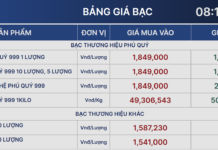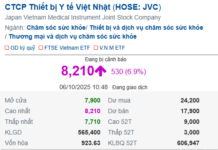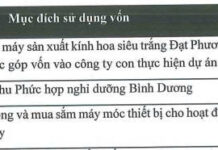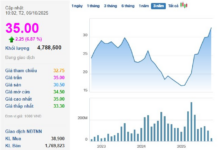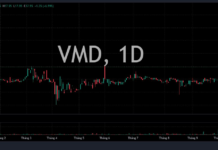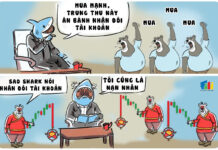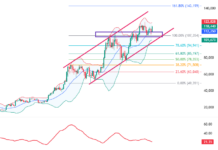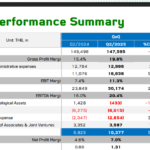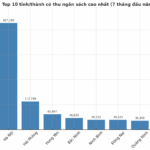Pork Prices Plummet: A Complex Issue for Vietnam’s Agriculture
At the beginning of the year, domestic pork prices soared, peaking in April with prices reaching 80,000 VND/kg – the highest in almost two years. However, in June, as African Swine Fever (ASF) spread across the country, pork prices plummeted and showed no signs of recovery.
According to a survey on August 19, pork prices have continuously dropped in all three regions of Vietnam, currently ranging from 55,000 to 63,000 VND/kg.

Prices are predicted to rise by the end of the year.
In recent weeks, there has been a noticeable decrease in pork consumption in Hanoi as consumers express their concerns about ASF. Many families are opting to purchase pork from supermarkets instead of traditional markets to ensure better traceability and food safety.
Ms. Hoa, a resident of Cau Giay, Hanoi, shared, “I am very worried about the news of the ASF outbreak. My family used to eat pork daily, but now I dare not eat it anymore, and we have switched to chicken, beef, and seafood. Currently, my family only consumes pork 2-3 times a week.”
Mr. Tuan, the owner of a bun cha restaurant in Mai Dong, Hanoi, said, “The number of customers visiting my restaurant has significantly dropped, and even some regular customers have stopped coming. They are hesitant to eat out due to the disease.”
This change in consumer behavior is not only affecting dining habits but also impacting small businesses and farmers.
At Kham Thien market, Ms. Tran Thi Thu, a pork vendor with over five years of experience, shared, “My sales have drastically decreased compared to the previous month. Before, I would sell more than 2.5 tons per day, but now it’s down to 1.8 tons, and I still struggle to sell it all. If I buy too much stock, I have to lower the prices for the cheap food stalls.”
Conversely, large supermarket chains are experiencing an increase in pork sales. A representative from a supermarket chain stated that since the outbreak began in June, their pork sales have risen by over 15% compared to the previous month.
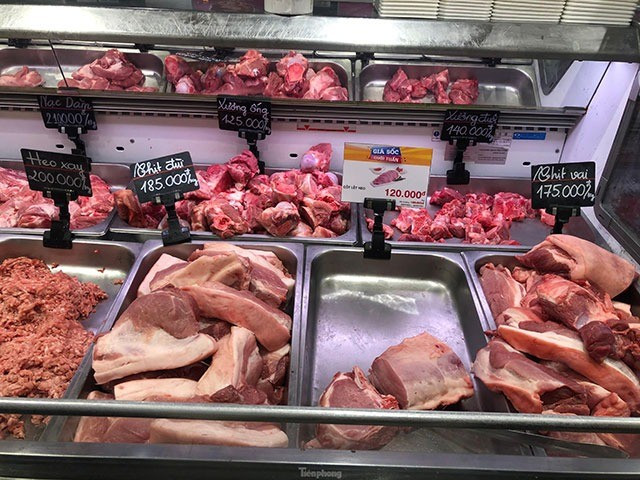
Pork sales in supermarkets are on the rise.
The Vietnam Livestock Association predicts that pork prices have hit rock bottom. If the disease is controlled soon and supply stabilizes, prices could recover in a short period.
It is forecasted that by the end of the year, pork prices may increase, but the rise will likely not reach the levels of previous years. The key factor in halting the price decline and protecting the livelihoods of millions of farmers is the successful control of ASF. If the disease is contained, both small-scale farmers and large enterprises can avoid further price reductions.
Three Critical Issues Related to the Disease
ASF continues to pose complex challenges to Vietnam’s livestock industry. According to the latest report from the Ministry of Agriculture and Environment (MAE), there are still 926 epidemic foci in 34 provinces and cities that have not been cleared for 21 days. The total number of pigs that had to be destroyed has exceeded 330,000, accounting for nearly 1% of the total herd. The disease mainly occurs in small-scale farms, with a sharp increase in July and only a slight decrease in early August.
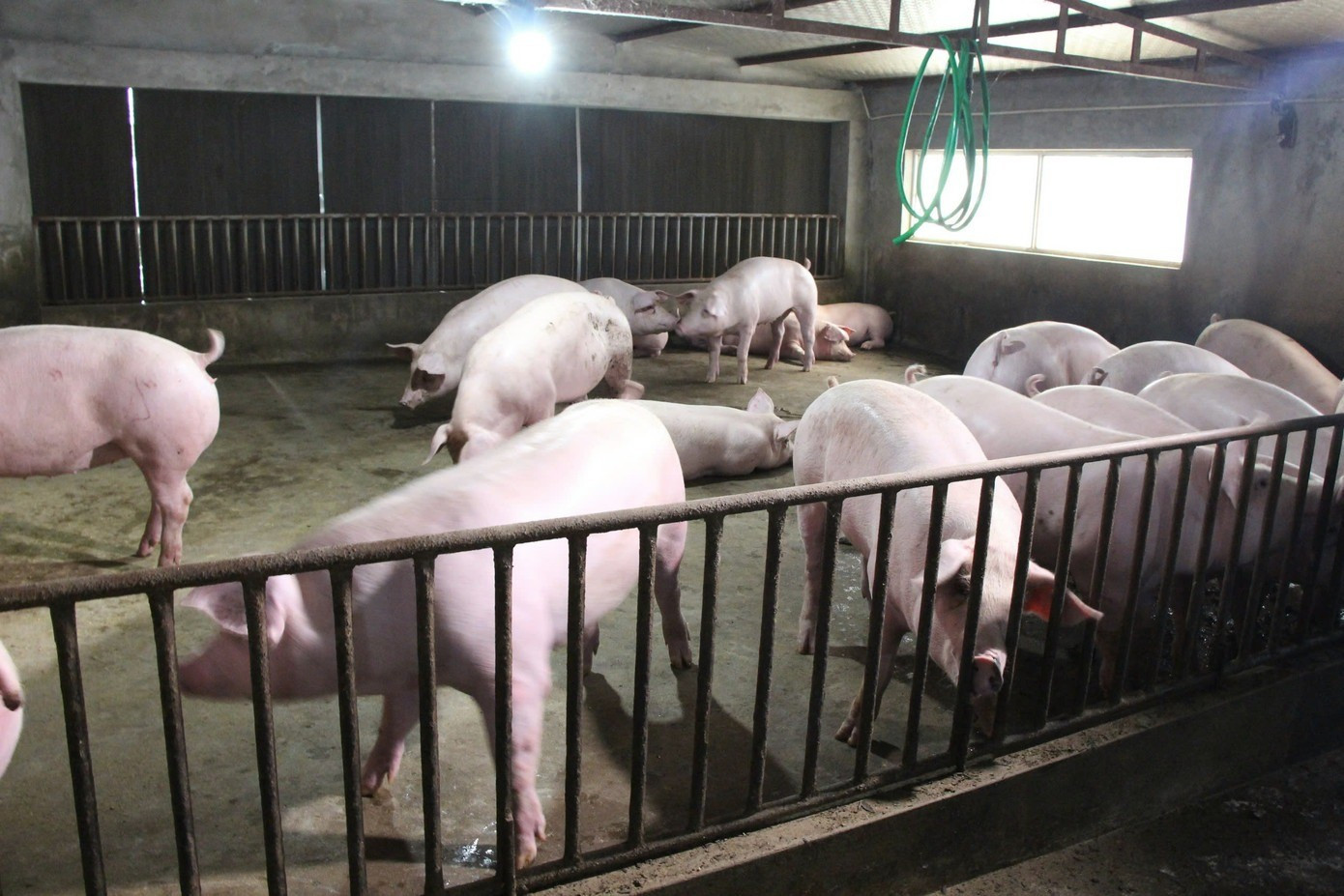
The complex disease situation has greatly affected livestock farming.
Mr. Le Toan Thang, Head of the Drug Management Department of the Department of Animal Husbandry and Veterinary Medicine, MAE, said that ASF is currently mainly re-emerging from old foci and occurring in farms with low sanitary and biosecurity conditions. On average, each epidemic focus has about 50-60 pigs, but the spread remains concerning.
Analyzing the reasons for the prolonged epidemic, Mr. Thang pointed out three main issues:
First, the ASF virus has high resistance and can survive in the environment and undercooked pork products for 3 to 6 months. Its transmission routes are diverse, including direct contact and exposure to feces and blood. Additionally, the emergence of a recombinant virus strain has further complicated the situation.
Second, many localities have not monitored and reported the disease promptly, and there is a lack of strict control over the transport, slaughter, and trade of pigs.
Third, while Vietnam is the first country in the world to have a commercial ASF vaccine, the vaccination rate is still low.
The MAE has requested the mobilization of maximum forces to eradicate the epidemic foci, implement full support policies for affected farmers, and encourage the use of ASF vaccines for pig herds…
“Agri-Giant C.P. Vietnam Takes a Hit: Revenue Down 21% Post Sick Pig Scandal”
Charoen Pokphand Foods (C.P. Foods), a leading Thai conglomerate, witnessed a slight dip in its global revenue for Q2 2025, with Vietnam being the primary contributor to this decline.
“A Country Ranked 161st in GDP Out of 186 Wants to Emulate Vietnam’s Economic Development: What Can We Learn From This?”
Nestled between the two most populous countries in the world, China and India, lies a nation eager to learn from Vietnam’s unique model of governance and economic development.
The Economic Powerhouse: Generating the Nation’s Highest Revenue Post-Provincial Merger
The initial figures from the 34 merged provinces and cities paint an intriguing picture of fiscal revenue trends. Ho Chi Minh City, bolstered by the inclusion of Binh Duong and Ba Ria-Vung Tau, has surged ahead to become the nation’s top earner, boasting an impressive revenue of over VND 465 trillion. Notably, a significant spike in land-related revenues has provided a substantial boost to the city’s coffers, presenting both opportunities and challenges in terms of market stability and efficient resource utilization.



